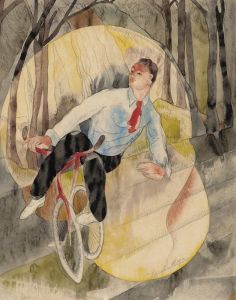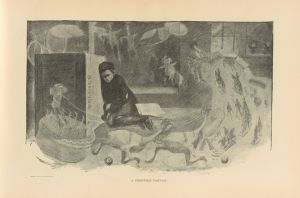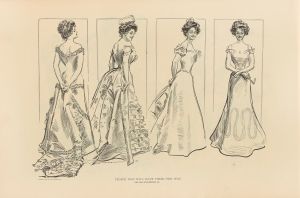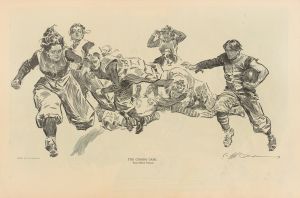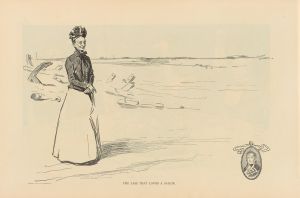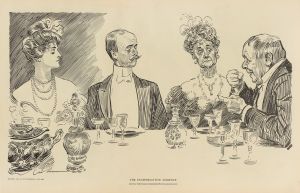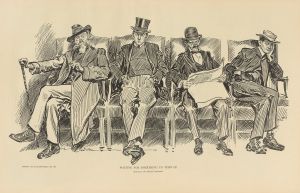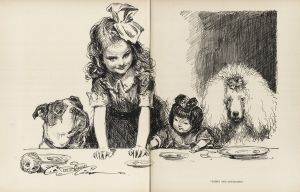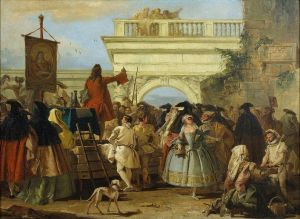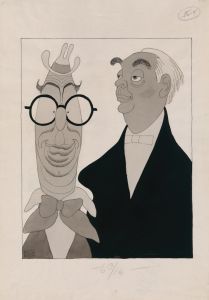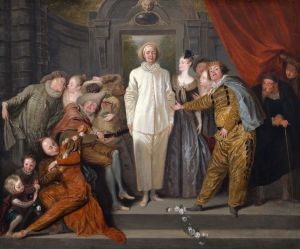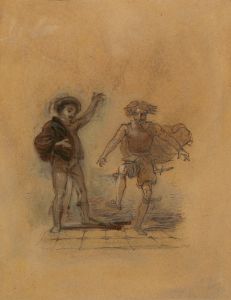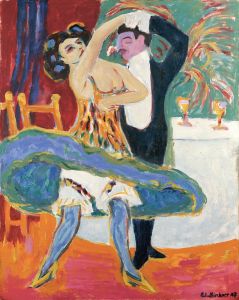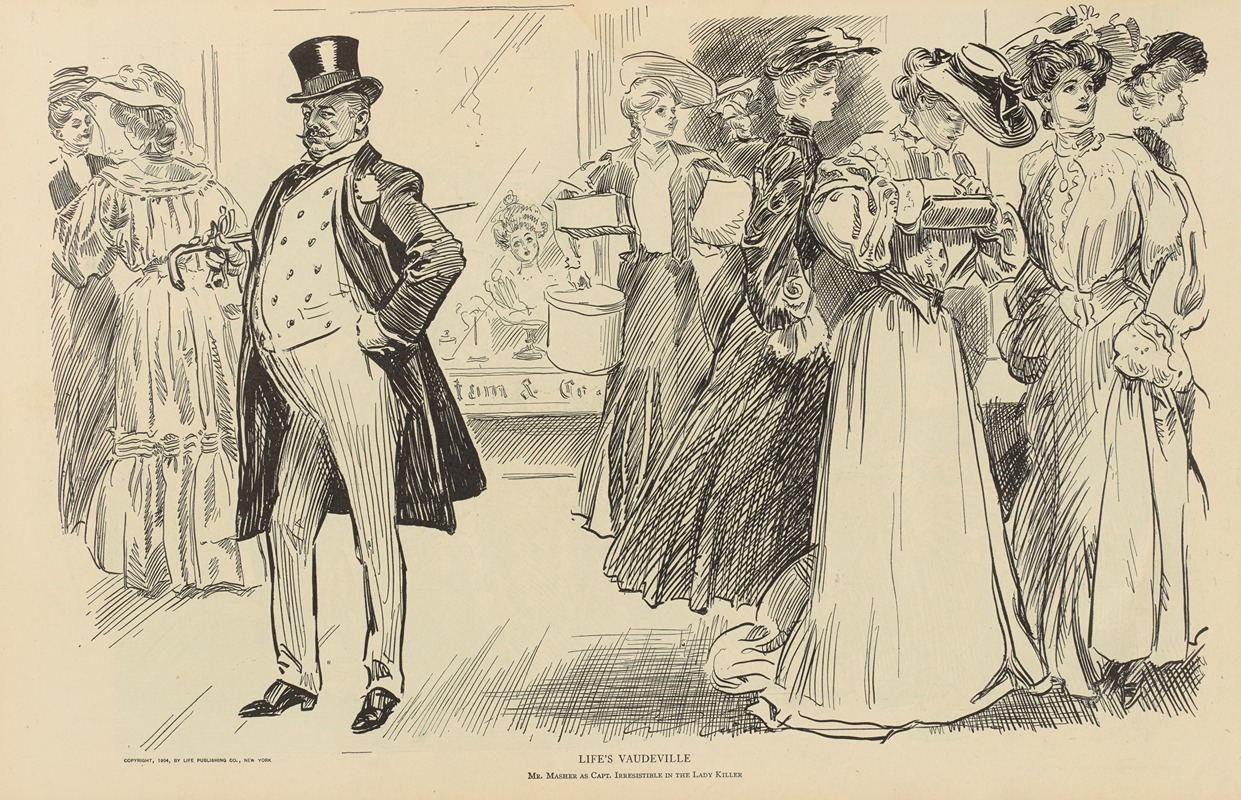
Life’s vaudeville, Mr. Masher as Capt. Irresistible in the Lady Killer
A hand-painted replica of Charles Dana Gibson’s masterpiece Life’s vaudeville, Mr. Masher as Capt. Irresistible in the Lady Killer, meticulously crafted by professional artists to capture the true essence of the original. Each piece is created with museum-quality canvas and rare mineral pigments, carefully painted by experienced artists with delicate brushstrokes and rich, layered colors to perfectly recreate the texture of the original artwork. Unlike machine-printed reproductions, this hand-painted version brings the painting to life, infused with the artist’s emotions and skill in every stroke. Whether for personal collection or home decoration, it instantly elevates the artistic atmosphere of any space.
Charles Dana Gibson was an influential American illustrator, best known for creating the iconic "Gibson Girl," a representation of the ideal American woman at the turn of the 20th century. His work was widely published in magazines such as Life, Scribner's, and Harper's, and he played a significant role in shaping the visual culture of his time.
One of Gibson's notable works is "Life’s Vaudeville, Mr. Masher as Capt. Irresistible in the Lady Killer." This illustration was published in the magazine Life, which was a humor and general interest magazine, distinct from the later, more famous photojournalism magazine of the same name. Life magazine, during Gibson's time, was known for its satirical and humorous content, often featuring illustrations that commented on social norms and behaviors.
"Life’s Vaudeville, Mr. Masher as Capt. Irresistible in the Lady Killer" is a satirical piece that reflects Gibson's keen eye for social commentary. The illustration depicts a character known as "Mr. Masher," a term used during that era to describe a man who makes unwanted advances towards women. By portraying Mr. Masher as "Capt. Irresistible," Gibson humorously critiques the self-perception and societal role of such men, highlighting the absurdity and arrogance often associated with them.
The setting of the illustration, described as "Life’s Vaudeville," suggests a theatrical or performative aspect to the social interactions being depicted. Vaudeville was a popular form of entertainment during the late 19th and early 20th centuries, consisting of a variety of acts including comedy, music, and drama. By framing the scene as part of a vaudeville act, Gibson underscores the performative and often superficial nature of social interactions and courtship rituals of the time.
Gibson's work, including this piece, often featured detailed and expressive line work, capturing both the fashion and the social dynamics of the era. His illustrations were not just artistic expressions but also cultural commentaries that resonated with the public, offering both entertainment and reflection on contemporary societal norms.
The "Gibson Girl" aesthetic, which Gibson popularized, is evident in this work through the depiction of the female characters. These women are often portrayed as confident, independent, and stylish, embodying the changing roles of women in society during the early 20th century. In contrast, Mr. Masher's character serves as a foil to these women, emphasizing the outdated and often ridiculous nature of his advances.
Overall, "Life’s Vaudeville, Mr. Masher as Capt. Irresistible in the Lady Killer" is a testament to Charles Dana Gibson's ability to blend humor, artistry, and social critique. His work remains a valuable historical artifact, offering insights into the cultural and social dynamics of his time. Through his illustrations, Gibson not only entertained but also provoked thought and discussion, making him a significant figure in the world of American illustration.





